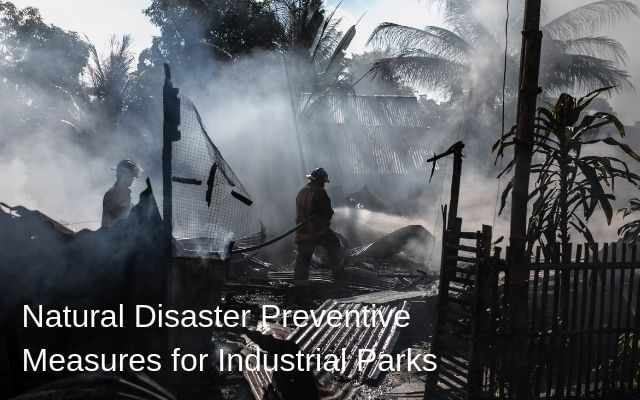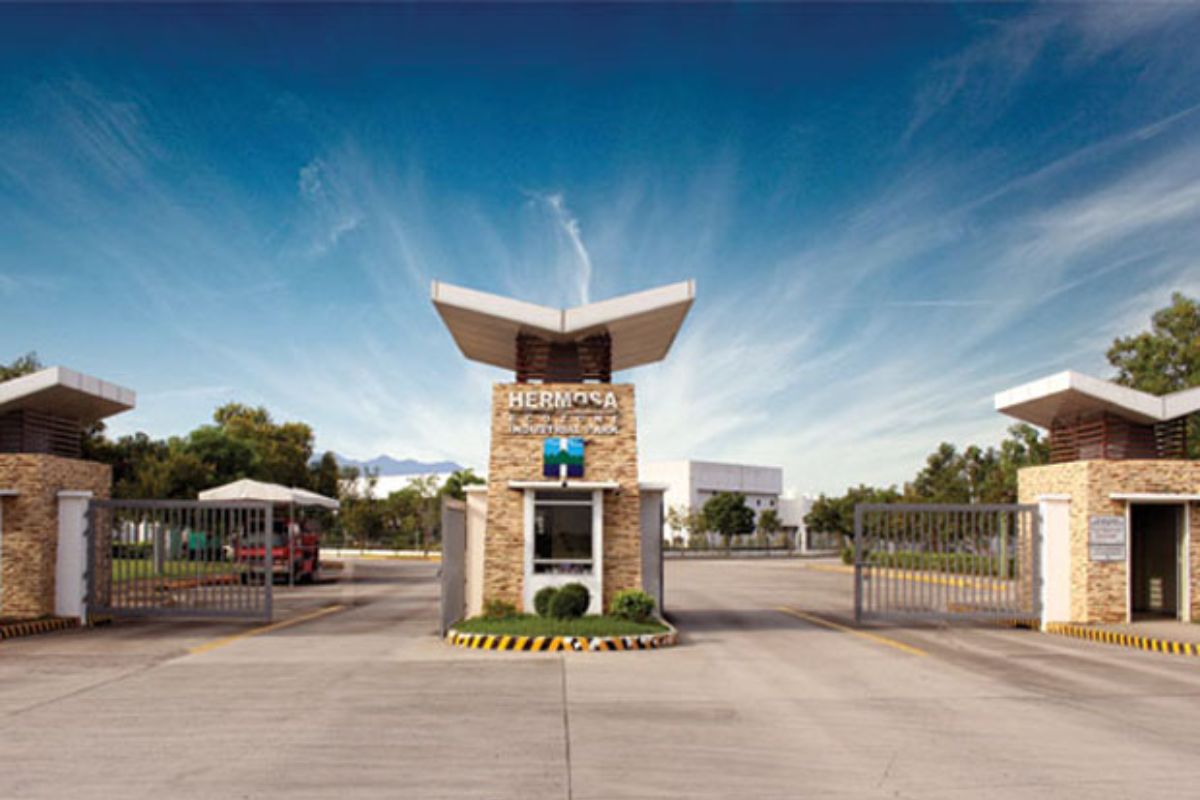The vast development of industrial parks presents not only many advantages but also shared and intertwined risks. Companies are faced with a growing need to manage the complex risk landscape with a more holistic approach. This imposes new demands on risk management culture. Historically, dealing with disasters focused on emergency response, but towards the end of the 20th century it was increasingly known that disasters are not that natural and that it is by reducing and managing conditions of hazard exposure, and vulnerability that we can prevent losses and alleviate the impacts of disasters. Essentially, there are four principal hazards we need to consider with regard to industrial parks. The usually encountered hazards are fire, explosion, toxic release, and environmental damage.
The effect of fire on people usually takes the form of skin burns and is usually dependent on the exposure time and the intensity of the heat. Physical structures can also be damaged either by the intensity of the heat or combustion. Then there’s explosion. The overpressure from explosions can kill people but usually the indirect effects of collapsing buildings, flying glass and debris cause far more loss of life and severe injuries. There is also chemical release. Sudden releases of toxic vapors have the potential to cause death and severe injuries several miles from the release point. Finally, we need to consider environmental damage. Release of other substances, not directly toxic to humans can cause major pollution problems.
With these considered, here are some natural disasters preventive measures for industrial parks:
Design Review
As part of sustainable development, design of the industrial park should be reviewed. This includes plans on how to avoid the construction of new risks, addressing pre-existing risks, and relocating exposed people and assets away from a hazard area.
Mitigation
Adverse impacts of hazards and related disasters should be lessened. For example, constructing flood defenses, planting trees to stabilize slopes, and implementing strict land use and building construction codes.
Chemical Risk Assessment and Proper Storage
Chemicals should be assessed based on compatibility, flammability, toxicity, explosion hazards, and storage. All chemicals and hazardous materials should be kept at proper storage temperature and in locked cupboards away from children and animals. Also, if reactive substances are stored, they should be placed in watertight containers.
Process Safety Management
Reliability assessment of process equipment, incorporating safety trips and interlocks, scrubbing system, etc. should be done before effecting major process changes. Management should try to develop a culture of safety in industrial organizations.
Safety Audits and Training
Periodical assessment of safety procedures and practices, performance of safety systems and gadgets along with follow up measures should be carried out. Proper training of employees and protective services should be done to lower risk of human errors that may lead to potential hazards.
Public Cooperation and Awareness
Everyone should be aware of potential disasters and be informed of protective and safety measures. Cautions on dangerous household and car care products must standout . The public should also cooperate with the police and any tankers and heavy-duty vehicles to avoid accidents and allow for the shortest possible on road time for dangerous vehicles.
Emergency Planning
A comprehensive risk analysis indicating the impact of consequences and practiced emergency procedures must be done with suitable facilities. This can be implemented by communities as well as national or regional corporation authorities. Imminent or current hazard events or conditions should be planned out. For instance, installing early warning systems, identifying evacuation routes and preparing emergency supplies.



